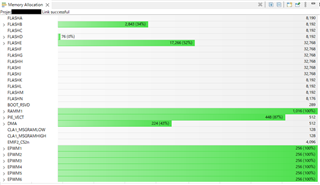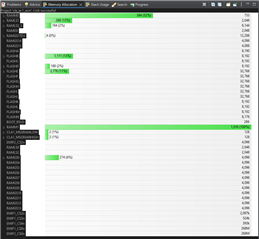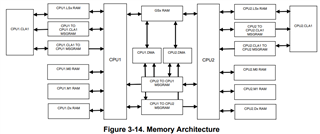Hello,
I want to check the ROM/RAM size used.
I know that there are Memory Allocation Window and mapfile in which I can see the used ROM size.
But I'm confused because the used ROM sizes in both of them are not matched.
And I can't find used RAM size anywhere.
So could you teach me how to chech the actual value of used ROM/RAM size?
Thank you.
Miura.




